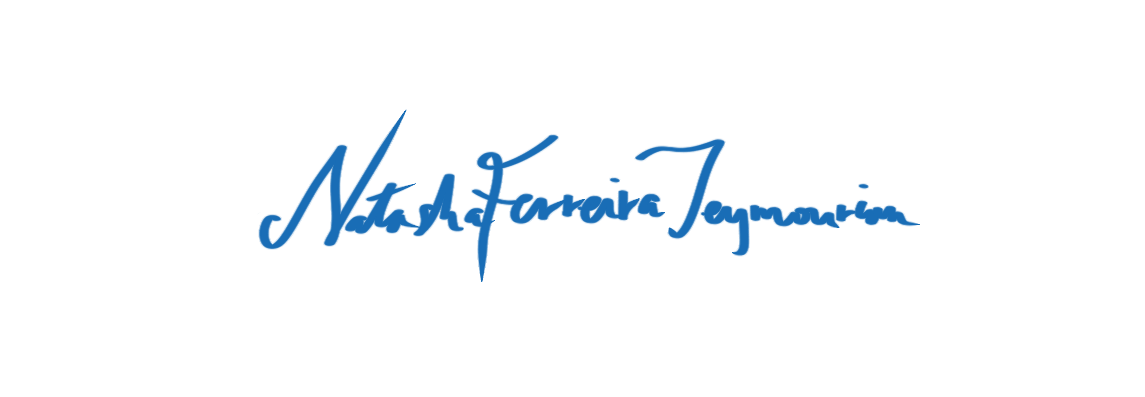You know that moment when you show someone a poem you wrote or a piece of art that you made and they cock their head to the side and look at your piece? Yeah, that happens every time I bring
my prints into shops or when I
participate in gallery shows. And if you’re wondering — no, it doesn’t feel any less awkward… although I’ve gotten really good at predicting the next words that come out of their mouth (it’s always some kind of printmaking question!).
The questions are usually in this order:
That’s not a painting or a drawing, is it… what is it?
It’s a linocut! Well, technically, a lino
print (because it’s usually the print of the linocut block that I get asked about). It’s made from a block of linoleum/rubber that I carve then ink and press onto paper.
…So you make stamps?
Yes, exactly!

It looks kind of like a wood carving. Is that the same thing?
Linocuts are very similar to woodcuts although wood is
much tougher to carve through.
Do you use knives or something like a knife?
X-Acto knives can be a useful tool but the main tool that’s used to gouge the surface of the blocks are known as cutting/carving tools — Blick calls them “linoleum cutters.” They’re basically a rounded handle with interchangeable heads.
For those that are really into tools — I’ve been trying to talk myself out of buying a Flexcut Pro Set. The tool heads are made of metal and have sharp divets that can slice through the top of the linoleum.
Is that the only tool you need?
It’s the only tool that’s really necessary!
There’s a few other tools that definitely make it easier to get a clean transfer, like brayers (they help to apply the ink evenly on the block). I’m partial to bigger brayers — I’ve been having a lot of fun with gradients lately and it’s definitely easier to get a smooth color transition with a larger brayer.
When I first started, I didn’t have much trouble with smaller ones (my troubles mainly came from inexperience then 😉
Barens also make image transfers much easier, although many printmakers do prefer using a wooden spoon over a baren!
What’s the printmaking process like?
So. much. planning.
It starts with a sketch, like most other forms of art do.
When I’m happy with my sketch, I’ll wipe off my block, transfer the image on, then start carving.
I usually share more of my process/set-up on
my Instagram stories too 🙂
How do you get the picture on there? Can you just print it on?
I wish! That would make it so much easier.
There’s a lot of great tutorial about how to transfer a printed inkjet image onto a block but it involves a lot of glue, a little water, and a lot of patience — all of which I forego for a sheet of tracing paper and a pencil.
I usually trace my sketches onto tracing paper with pencil then place the sheet face-down on the block and scribble over the backside of the paper. When I remove the paper, the image is clear (or close to clear) on the block.
Sometimes the rubber blocks have a bit of a chalky coating on them (it prevents the blocks from sticking together) which I just wipe off with a slightly damp paper towel.
If the piece is more detailed/complicated, I’ll use sharpie to go over the lines in case the pencil smudges off.
Can you use acrylic paint?
I’ve definitely played around with acrylic paint when I first started and won’t discourage anyone from using it (block ink is expensive and doesn’t have the same color range as acrylic, okay).
What I learned from my trials, though, is that acrylic doesn’t coat the blocks evenly like block ink. It also ripped the paper in some spots if the block stayed in contact for more than .3 seconds AND it bunched up in all the carved out grooves, making it difficult to clean the blocks (and it also dried the blocks out so use caution!!!).
Did you study printmaking in art school?
No, I actually didn’t go to art school! I always wanted to go… for ceramics… but studied a lot of other subjects at a few different four-year universities. After switching my major from psychology to biochemistry (I studied biochem & human bio for 3 whole years!) to theatre, I got my degree in Literature & Writing Studies.
I still would like to go to art school, though, and finally take a class on ceramics and learn more about try out different ways to make art!
How’d you learn how to carve the blocks then? Why’d you decide to start?
SO many printmaking forums and YouTube videos. And
a lot of practice! Once I started feeling comfortable around the materials and threw out a few blocks, I found it much easier to play around.
I originally picked up printmaking as a way to distract myself from the writer’s block I hit when writing my poetry chapbook,
Recurrent Events. It seemed like an easier way to kill time than thinking about how I should be doing something else. The blocks caught my eye at Blick and I haven’t looked back (until right now, I guess)!


